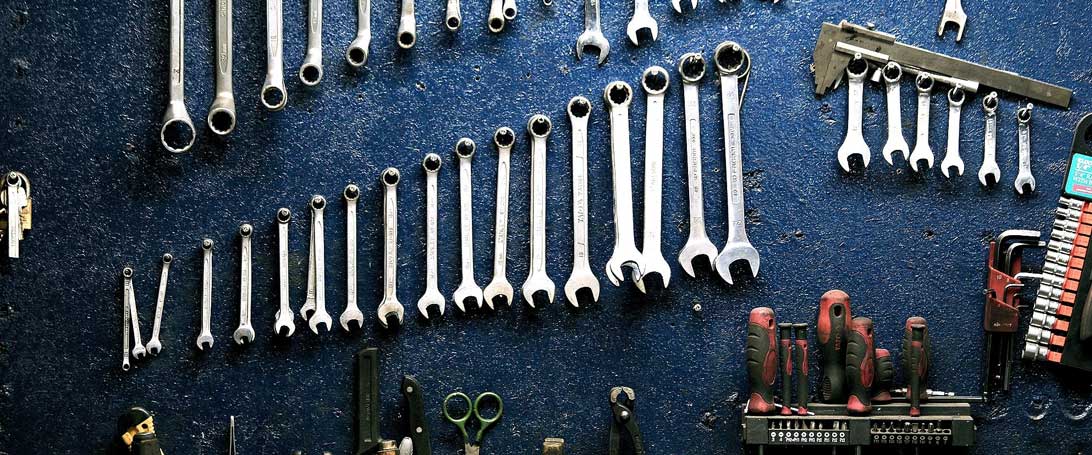With a sluggish economic recovery and today’s consumers watching their finances carefully, it’s no surprise that the average age of vehicles in the United States is more than 11 years old, according to automotive research firm R.L. Polk and Co. With motorists holding on to their vehicles longer than ever before, maintenance takes an even greater importance in keeping roads — and people — safe.
The cost of neglect
“It’s tempting to avoid car maintenance in tough economic times, but that’s not a financially sound method to manage the big investment you’ve made in your vehicle,” notes Tony Molla, vice president of communications for the nonprofit National Institute for Automotive Service Excellence (ASE). “Surveys of our certified technicians show that a well-maintained vehicle lasts longer, retains more of its resale value, pollutes less, and gets better mileage than one that’s been neglected — to say nothing of being safer to operate.”
According to the pros at ASE, neglect causes components to wear out faster than they would otherwise (poorly aligned tires, for example) and can result in minor problems growing into more expensive repairs (worn brake pads will eventually damage the more expensive rotors). ASE suggests motorists, whether they are do-it-yourselfers or take their cars to ASE-certified technicians, become familiar with their owner’s manual and follow the service schedules. “The owner’s manual is under-utilized; it summarizes systems to check and provides schedules based on normal or severe driving,” notes Molla.
While some people might relish a weekend tinkering with the family car, today’s technological advances under the hood and busier lifestyles find more consumers in search of dependable, trustworthy automotive service and repair.
Finding a good mechanic
Finding a competent auto technician need not be a matter of chance. Much of the guesswork has been eliminated, thanks to a national program conducted by ASE.
ASE tests and certifies automotive professionals in all major technical areas of repair and service. With more than 360,000 currently certified professionals working in dealerships, independent shops, collision repair shops, auto parts stores, fleets, schools and colleges across the United States, ASE’s national certification program has industry-wide acceptance and recognition.
ASE certifies the technical competence of individual technicians, not the repair facilities. Before taking ASE certification tests, many technicians attend training classes or study on their own in order to brush up on their knowledge. By passing difficult, national tests, ASE-certified technicians prove their technical competence to themselves, to their employers, and to their customers.
What’s more, because this program is voluntary, ASE certification becomes a self-selecting credential. And while ASE does not certify repair shops or monitor business practices, it stands to reason that those shop owners and managers who support their employees’ efforts to become ASE-certified often will be just as proactively involved in the other aspects of their businesses as well.
How certification works
More than 40 certification tests in all areas of vehicle service and repair are offered eight months out of the year at secure computer centers. Technicians who pass at least one exam and fulfill the two-year work experience requirement earn the “ASE-certified” designation. Those who pass a battery of exams, as well as fulfill the experience requirement, earn “Master Technician” status. In addition, all ASE credentials have expiration dates. ASE requires technicians to retest every five years to demonstrate their commitment to continuing education and stay abreast of changing technologies.
The tests are developed and regularly updated by industry experts with oversight from ASE’s own in-house pros. They are administered by ACT, the same group known for its college entrance exams.
There are specialty exams covering all major areas of repair. There are nine tests for auto technicians alone: Engine Repair, Engine Performance, Light Vehicle Diesel Engines, Electrical/Electronic Systems, Brakes, Heating and Air Conditioning, Suspension and Steering, Manual Drive Train and Axles, and Automatic Transmissions. There are also exams for collision repair technicians, engine machinists, parts specialists, bus techs and others.
Finding ASE-Certified Technicians
Repair establishments with at least one ASE-certified technician are permitted to display the blue and white ASE sign. Each ASE professional is issued personalized credentials listing his or her exact area(s) of certification and an appropriate shoulder insignia or lapel pin. Technicians are also issued certificates that employers often post in the customer-service areas of their businesses. Businesses with a high level of commitment to ASE are entitled to a special “Blue Seal of Excellence” recognition from ASE.
As with other professionals, automotive technicians often specialize, so it’s wise to ask the shop owner or service manager for a technician who is certified in the appropriate area, such as brakes, engine repair, or air conditioning.

